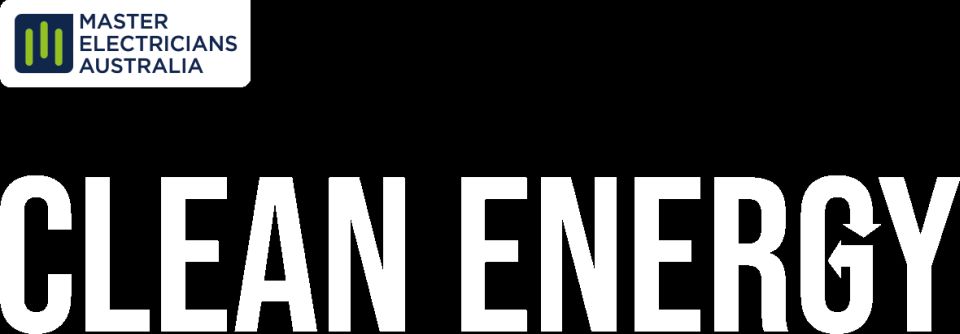
Homeowners can avoid blackouts and load shedding during the ongoing energy crisis by using technology to take charge of the energy resources in their own homes, Master Electricians Australia (MEA) has advised.
MEA CEO Malcolm Richards said consumers could effectively ensure they are the only house in the street with the lights on during a blackout by investing in home batteries.
“Batteries – including the larger capacity batteries in bidirectional electric vehicles – are definitely the future for homeowners whether or not they have solar-powered energy,’’ Mr Richards said.
He said the top three things Queenslanders who want to keep the lights on can do are:
Invest in a home battery whether you have solar panels or not.
If you have solar panels or batteries, make sure you get the right tariff. Talk to your electricity retailer as well as your electrical contractor about the best tariffs to connect with.
If you do purchase a home battery, ensure it includes “islanding” function that will allow your lights to stay on when the grid goes down.
“The most effective way to use the daytime oversupply of electricity to the grid is for consumers to consider using a soak tariff to charge EVs, home batteries and run fixed appliances in the home,’’ Mr Richards said.
Soak tariffs are effectively energy pricing plans that incentivise homeowners to use appliances such as pool pumps and hot water systems during the day, when energy prices are low. You can also store energy in a home battery in the middle of the day at a much lower price using a soak tariff or for free with your rooftop solar, then use that stored energy in the evening.
Mr Richards said consumers considering an EV purchase in the future should investigate purchasing a bi-directional charge-enabled electric vehicle, which is able to store excess cheap energy to power their home.
Consumers who already have a home battery system could consider getting a licensed and accredited electrical contractor to install an “islanding” function, a technology which gives you the control to take your home off the grid and onto your own battery storage at times of grid failure.
“At the moment the network provider has been given the power by State Government legislation to turn our solar-powered energy supply off and on to the grid,’’ Mr Richards said. “An islanding function gives that power back to the consumer, especially during these times of grid instability and power shortages.’’
Consumers wanting full automation could consider installing a Home Energy Management Systems (HEMS) to automatically coincide their appliance use at times of cheapest power.





